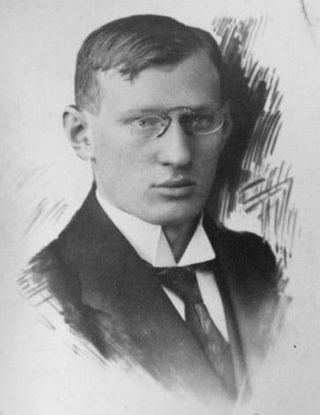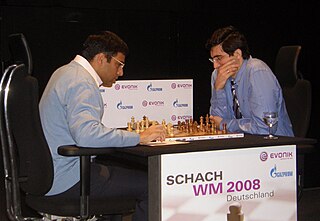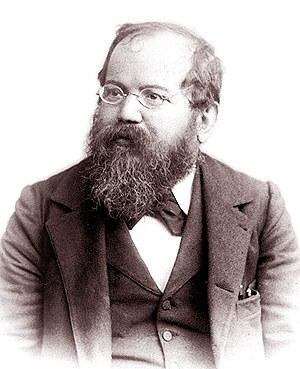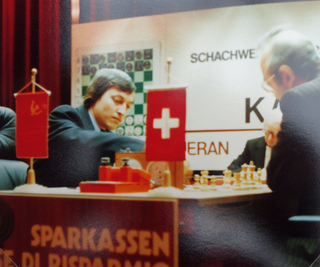The Latvian Gambit is a chess opening characterised by the moves:
The French Defence is a chess opening characterised by the moves:
In chess, the Smith–Morra Gambit is an opening gambit against the Sicilian Defence distinguished by the moves:
The King's Gambit is a chess opening that begins with the moves:
The Caro–Kann Defence is a chess opening characterised by the moves:
The Catalan Opening is a chess opening where White plays d4 and c4 and fianchettoes the white bishop on g2. A common opening sequence is 1.d4 Nf6 2.c4 e6 3.g3, although various other openings can transpose into the Catalan. The Encyclopaedia of Chess Openings (ECO) lists codes E01–E09 for lines with 1.d4 Nf6 2.c4 e6 3.g3 d5 4.Bg2; other lines are part of E00.
The Bishop's Opening is a chess opening that begins with the moves:
The Dunst Opening is a chess opening in which White opens with the move:

Gyula "Julius" Breyer was a Hungarian chess player and 1912 Hungarian national champion.
Rosendo Carreon Balinas Jr. was a chess grandmaster from the Philippines. FIDE awarded him the International Master title in 1975 and the International Grandmaster title in 1976. He was Philippines' second chess grandmaster. Balinas was a lawyer by profession, as well as an award winning chess writer and journalist.
An Open Game is a chess opening that begins with the moves:
In chess, the Maróczy Bind is a term alternately used to refer to an opening or its associated pawn structure, named for the Hungarian grandmaster Géza Maróczy. When the Bind is discussed as an opening, it is defined as 1.e4 c5 2.Nf3 Nc6 3.d4 cxd4 4.Nxd4 g6 5.c4. The Maróczy Bind opening is a continuation of the Sicilian Defence, Accelerated Dragon, where 5.c4 is the characteristic move.

Alisa Marić, PhD is a Serbian chess player who holds the FIDE titles of Woman Grandmaster (WGM) and International Master (IM).

The World Chess Championship 2008 was a best-of-twelve-games match between the incumbent World Chess Champion, Viswanathan Anand, and the previous World Champion, Vladimir Kramnik. Kramnik had been granted a match after not winning the World Chess Championship 2007 tournament.

The World Chess Championship 1886 was the first official World Chess Championship match contested by Wilhelm Steinitz and Johannes Zukertort. The match took place in the United States from 11 January to 29 March, the first five games being played in New York City, the next four being played in St. Louis and the final eleven in New Orleans. The winner was the first player to achieve ten wins. Wilhelm Steinitz won the match 10–5, winning his tenth game in the twentieth game of the match.
The Sicilian Defence, Chekhover Variation is a chess opening named after Vitaly Chekhover, from the game Chekhover–Lisitsin, Leningrad 1938. It is defined by the moves:

The 1935 World Chess Championship was played between challenger Max Euwe and title-holder Alexander Alekhine. It was played in various cities and towns in the Netherlands from October 3 to December 16. Euwe was the winner by overcoming a three-point deficit as late as the ninth game.

The 1981 World Chess Championship was played between Anatoly Karpov and Viktor Korchnoi in Merano, Italy from October 1 to November 19, 1981. Karpov won with six wins against two, with 10 draws. The two players had already played against each other in the World Chess Championship match 1978 in the Philippines, when Karpov also won.

Gilberto Milos is a Brazilian chess player. He was awarded by FIDE the title of International Master in 1984 and the title of Grandmaster in 1988. Milos competed in the FIDE World Championship five times and in the FIDE World Cup three times









